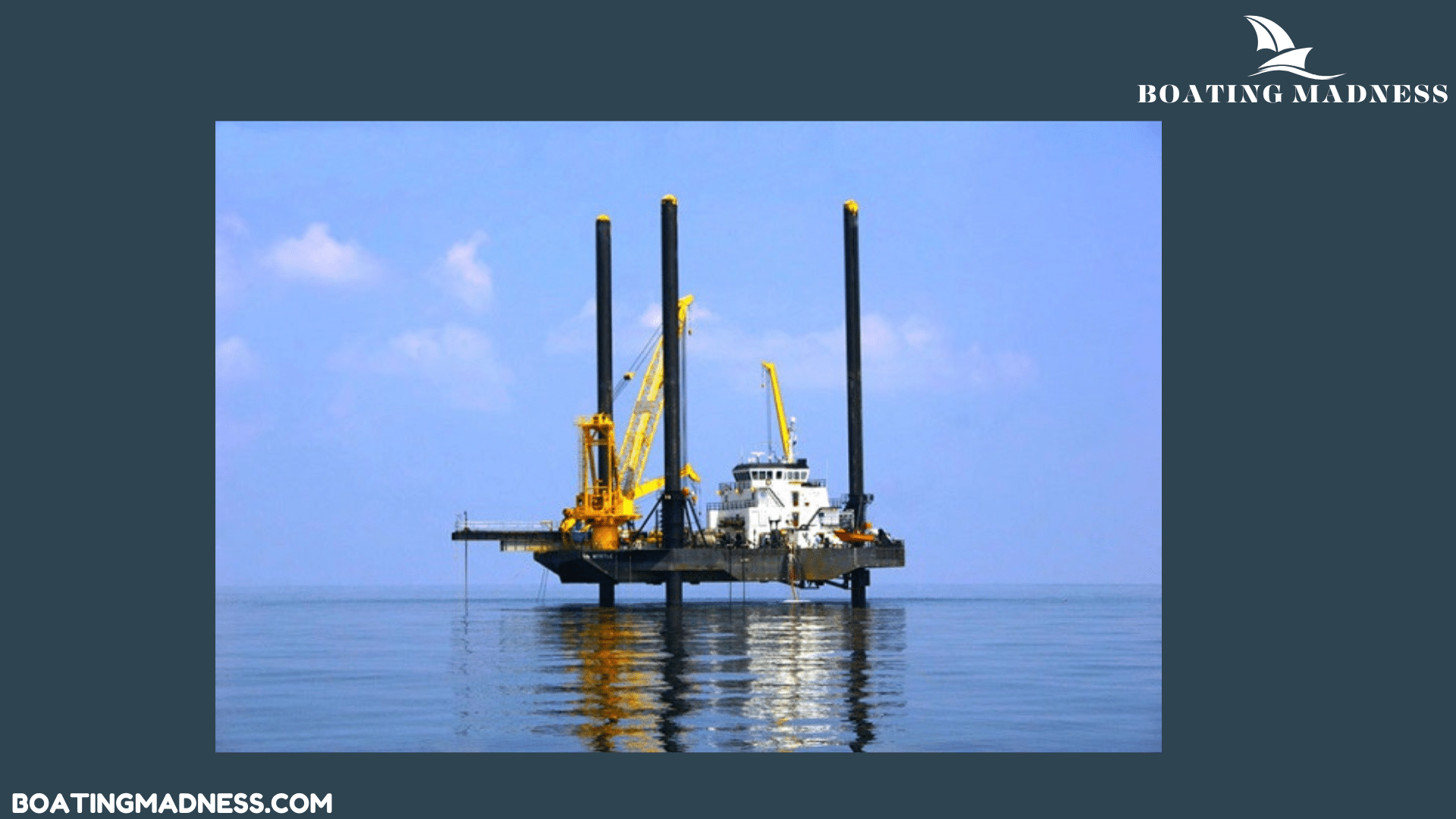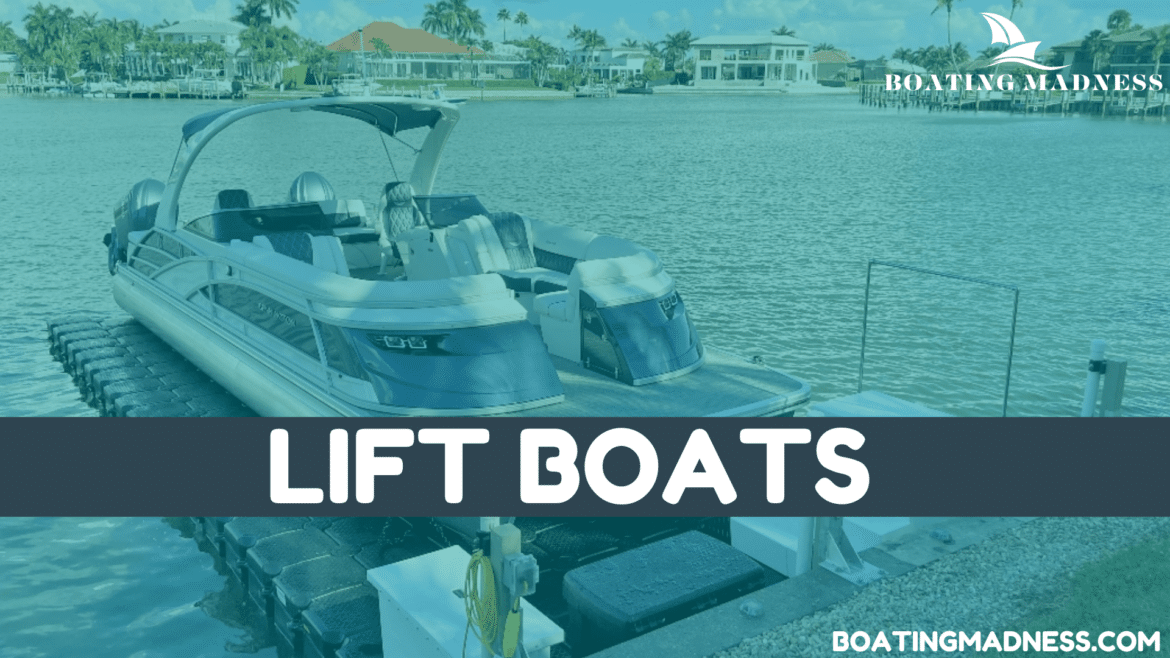Table of Contents
When it comes to working on water, lift boats are the ultimate problem-solvers. These unique vessels are designed to rise above the waves, creating a stable platform that makes them perfect for a variety of jobs, including underwater repairs, offshore construction, and even emergency rescues. By lifting themselves out of the water, lift boats provide a safe and steady working environment for crews to perform tasks that would otherwise be difficult or dangerous on unstable surfaces. Think of them as floating toolsheds that can adapt to whatever the task demands, offering both flexibility and reliability. In this article, we’ll take a closer look at how these amazing boats are changing the way underwater assistance and offshore operations are carried out.

Lift Boat Evolution
Over time, the idea of lift boats has changed dramatically due to the necessity of effective ship help and maintenance in both shallow and deep waters. Lift boats of today are more equipped to handle a wider range of marine applications than when they were first created, having been originally intended to help with shore-mounted lift installations and repairs in fixed docks.
Adaptability in Action – Handling Different Types of Boats
One of the main advantages of lift boats is their versatility. They can accept a wide variety of vessel types. These boats are incredibly versatile, capable of sustaining a larger vessel like the USS John F. Kennedy while undergoing repairs or pulling a tiny floater boat out of the water for maintenance. Their positional and lifting capacity adjustments guarantee they can easily navigate various water depths and vessel sizes.
Adapting to Changing Environments – Rising Tide Lift
The maxim “a rising tide lifts all boats” applies to lift boats as well. Due to their adaptable architecture, they can survive situations where water levels fluctuate based on tide patterns. This makes them especially useful in areas where water depths can vary greatly, such as the Gulf of Mexico. Lift boats demonstrate their usefulness in dynamic maritime environments, whether they are performing boat lift services at low tide or offering assistance in deep waters.

Elevated Elevators: Portability and Availability
The advent of floating lifts has significantly improved the mobility and accessibility of lift boats. Through lift installation techniques and floating ports, these vessels can visit regions that were not before possible. Because of this invention, lift boats may now easily operate in distant and shallow areas, creating new marine maintenance and support opportunities.
Affordable Options for Maintaining Vessels
Lift boats are adaptable and reasonably priced options for maintaining and repairing vessels. They offer a more streamlined and effective solution than traditional boat lift techniques, which could necessitate costly infrastructure and a large workforce. Many marine operators use them because they can do lift installation and repair chores with little or no resources.
Addressing Particular Needs – Customized Approaches
Lift boats also benefit from being able to customize solutions to meet specific needs. These vessels can be modified to match each project’s requirements, whether adding boat lift guides for accurate positioning or adjusting boat lift floats for increased stability. Lift boats are useful assets in various nautical uses because of their flexibility.
Conclusion
To sum up, lift boats are essential to contemporary marine support operations. These adaptable boats provide versatility and efficiency, helping with everything from PWC lift services to larger vessel repair. Lift boats will surely be at the forefront of the maritime industry’s continued evolution, offering creative solutions for a range of marine problems. Due to their versatility, affordability, and cost-effectiveness, they are invaluable resources in pursuing successful vessel maintenance and support.

